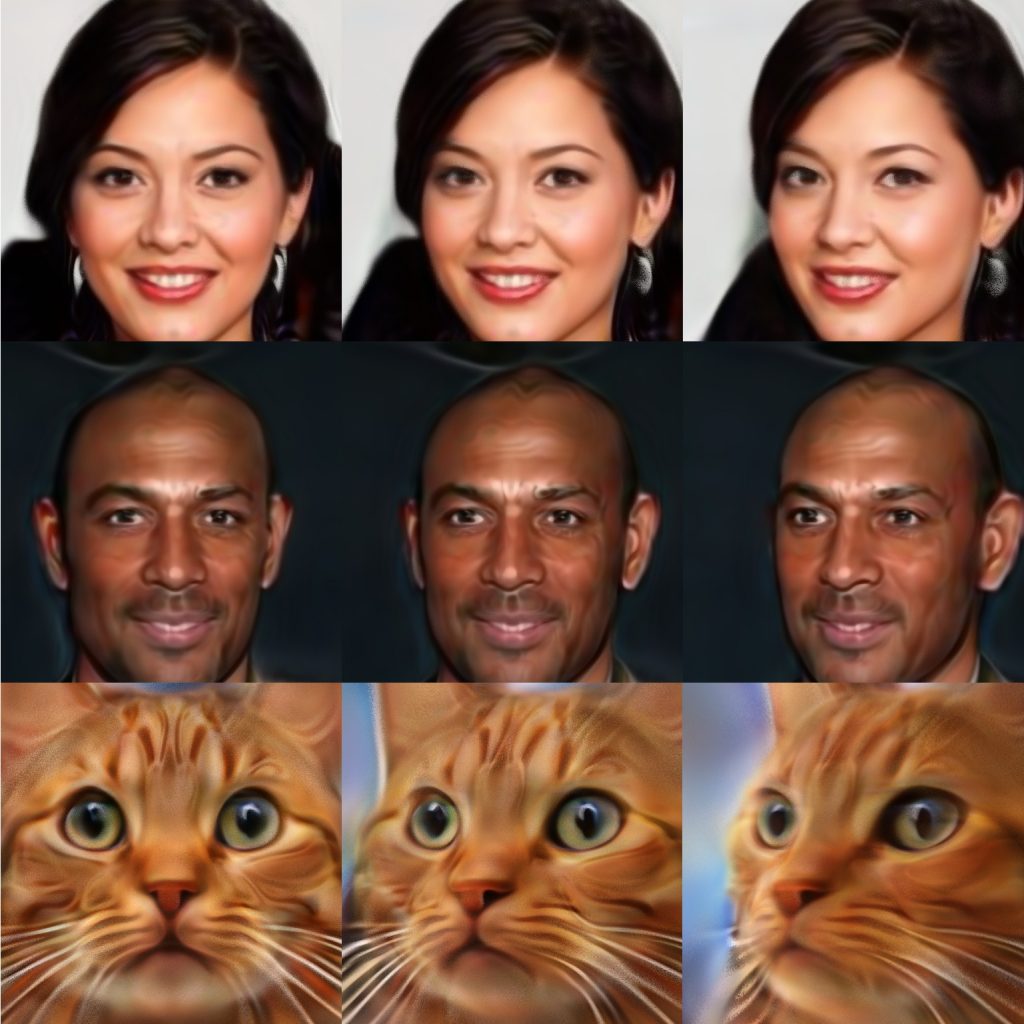ABSTRACT
We have witnessed rapid progress on 3D-aware image synthesis, leveraging recent advances in generative visual models and neural rendering. Existing approaches however fall short in two ways: first, they may lack an underlying 3D representation or rely on view-inconsistent rendering, hence synthesizing images that are not multi-view consistent; second, they often depend upon representation network architectures that are not expressive enough, and their results thus lack in image quality. We propose a novel generative model, named Periodic Implicit Generative Adversarial Networks (π-GAN or pi-GAN), for high-quality 3D-aware image synthesis. π-GAN leverages neural representations with periodic activation functions and volumetric rendering to represent scenes as view-consistent 3D representations with fine detail. The proposed approach obtains state-of-the-art results for 3D-aware image synthesis with multiple real and synthetic datasets.

